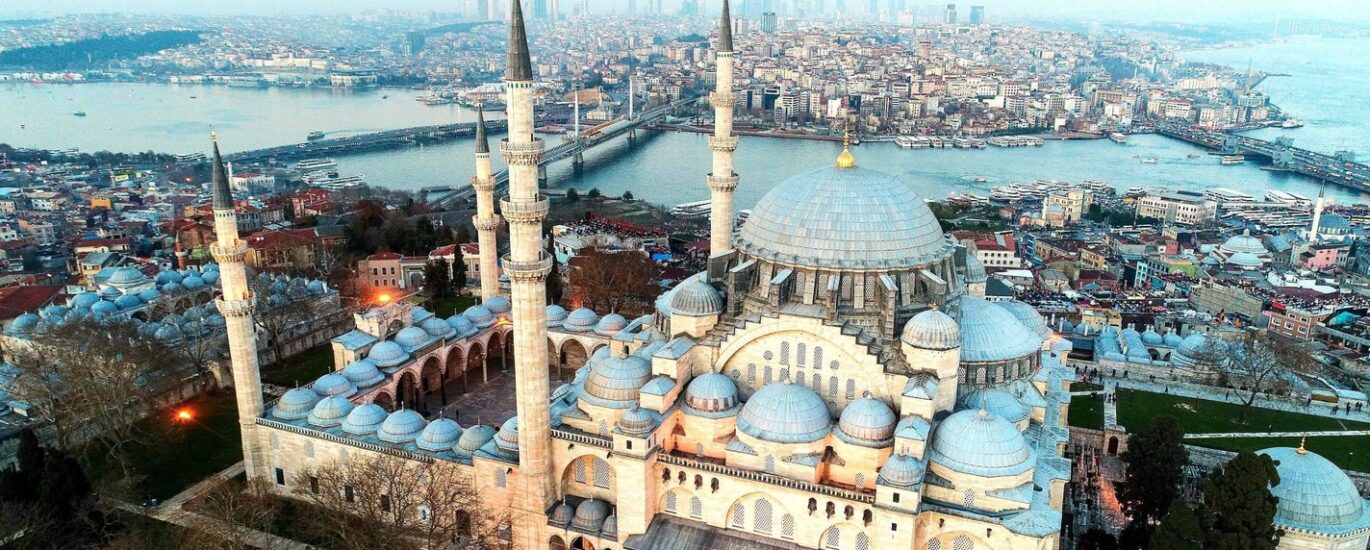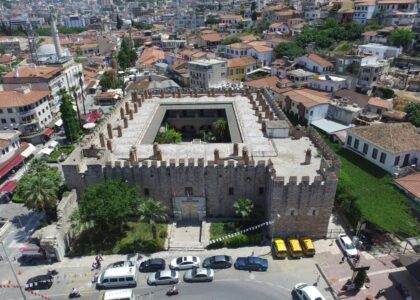The Süleymaniye Mosque is a magnificent Ottoman imperial mosque perched atop the Third Hill of Istanbul, dominating the city skyline. Commissioned by Sultan Süleyman the Magnificent (reigned 1520–1566), it was designed by the era’s greatest architect, Mimar Sinan. Construction began in 1550 and was completed in 1557, marking the zenith of the Ottoman Empire’s power.
Sinan considered it one of his finest works, blending classical Ottoman architecture with influences from the Byzantine masterpiece, the Hagia Sophia. The mosque features a grand central dome, flanked by semi-domes, creating an incredibly spacious and light-filled interior. The four slender minarets have a total of ten balconies, symbolizing that Süleyman was the tenth Ottoman Sultan.
The mosque is part of a vast complex (külliye) that originally included hospitals, madrasas (schools), a soup kitchen, and public baths, embodying the Ottoman ideal of social welfare. Behind the main prayer hall lie the ornate tombs of Sultan Süleyman and his influential wife, Hürrem Sultan (Roxelana), as well as Mimar Sinan himself. Despite suffering damage from fires and earthquakes over the centuries, the Süleymaniye Mosque remains a timeless testament to imperial grandeur and architectural genius.






